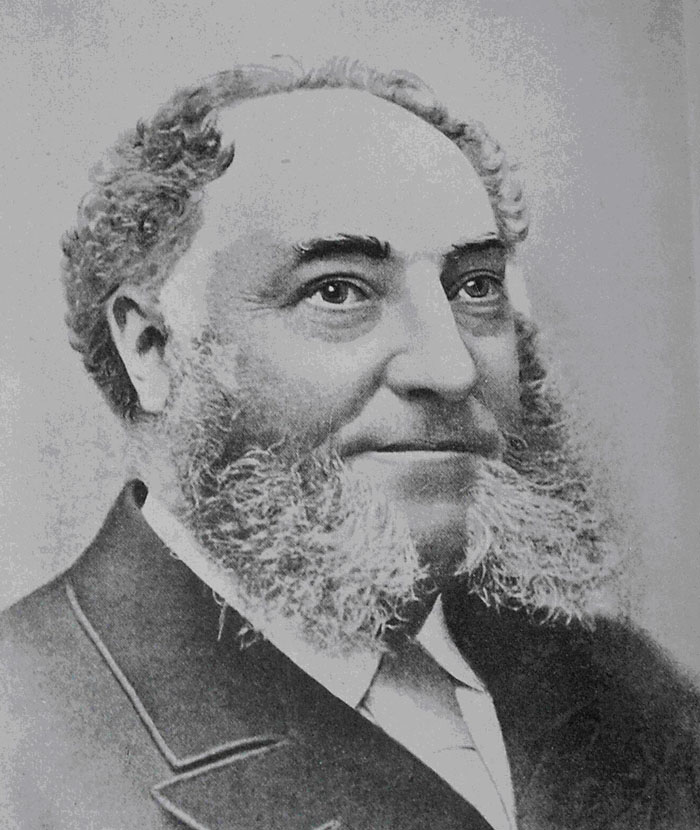We last saw Dr Pamela Cox presenting BBC Two's Servants: the True Story of Life Below Stairs. Having done the academic's-eye-view of Upstairs Downstairs, she has now moved on to the world of Mr Selfridge in this three-part survey of the rise of the shopgirl from obscurity to comprehensive takeover.
Dr Cox is an enthusiastic and refreshingly informal host, but even these helpful characteristics couldn't entirely banish the whiff of Open University hovering over this programme. There were groaning shelves of facts and statistics to plough through as she demonstrated with exhaustive thoroughness that there were no women working in shops before about 1860 (at least not for money - many a shop-owner might have deployed his wife or daughters as unpaid help on the side).
The hours were punishingly long and working conditions surprisingly unhealthy
For no discernibly compelling reason, the Doc took us to visit Wisbech in Cambridgeshire, a picturesque market town which, like every other town in the mid-19th century, didn't employ women in its shops. How interesting. In London, the hub of Empire and a global powerhouse, they weren't employing women either. The dreary male-orientatedness of the shopping experience was drily recorded by Lady Mary Jeune, the society hostess and writer, who was aghast at the "solemn" demeanour of the male salesperson, with his "sepulchral" way of speaking.
But all this would change, as census statistics revealed that there were 2.5 million unmarried women in the country, in general ill-equipped for the world of work. Women were expected "to be passed from father to husband", as a guest academic put it, and if no supportive spouse materialised, most of them had no training to help them earn a living. Women's groups like the Society for the Employment of Women sprang up to offer training in shop-work, and to begin demolishing the ingrained notion that work was "unladylike".
This was also the age of the grand Victorian entrepreneur, and as the bewhiskered likes of the Jenners, Bainbridges and Whiteleys began establishing huge department stores in the nation's major cities, so a plentiful supply of reasonably-priced shopgirls became a valuable commodity (below, William Whiteley). A typical salary was £20 a year, which was better than being in service even if men were paid twice as much. On this slender stipend they became (as Dr Cox soundbit it) "the handmaidens of Victorian consumer culture", celebrated in West End shows and the subject matter of popular songs.
 However, the hours were punishingly long and working conditions surprisingly unhealthy. A book called Death and Disease Behind the Counter was so crammed with horror stories that it prompted an investigation by a parliamentary select committee, which concluded among, other things, that working in shops could cause fertility-threatening pelvic diseases.
However, the hours were punishingly long and working conditions surprisingly unhealthy. A book called Death and Disease Behind the Counter was so crammed with horror stories that it prompted an investigation by a parliamentary select committee, which concluded among, other things, that working in shops could cause fertility-threatening pelvic diseases.
Such incidental revelations were the best bits of the film, like the news that many shopworkers in the top people's favourite haunt of Burlington Arcade supplemented their income by working as prostitutes on the side. This became so notoriously well known that women seen on Regent Street were generally assumed to be on the game, and the cops would arrest any female found there after 10pm. Blimey, it sounds more like Ripper Street.















Add comment